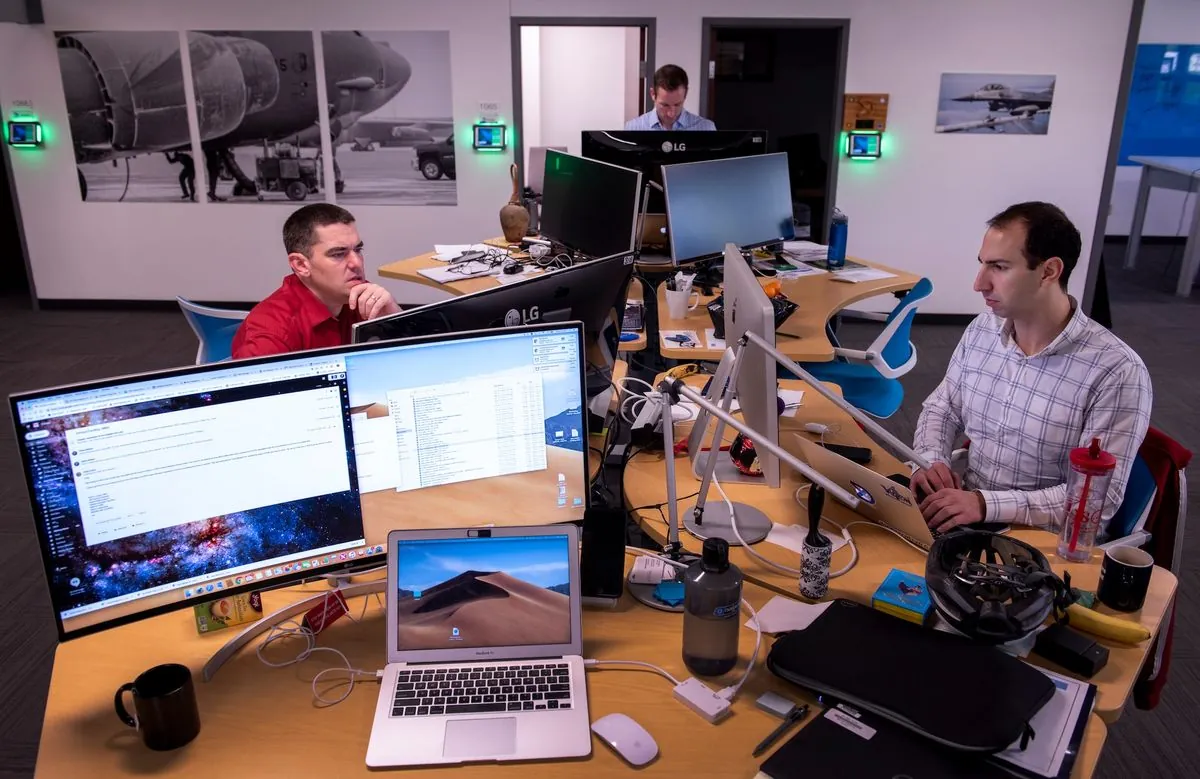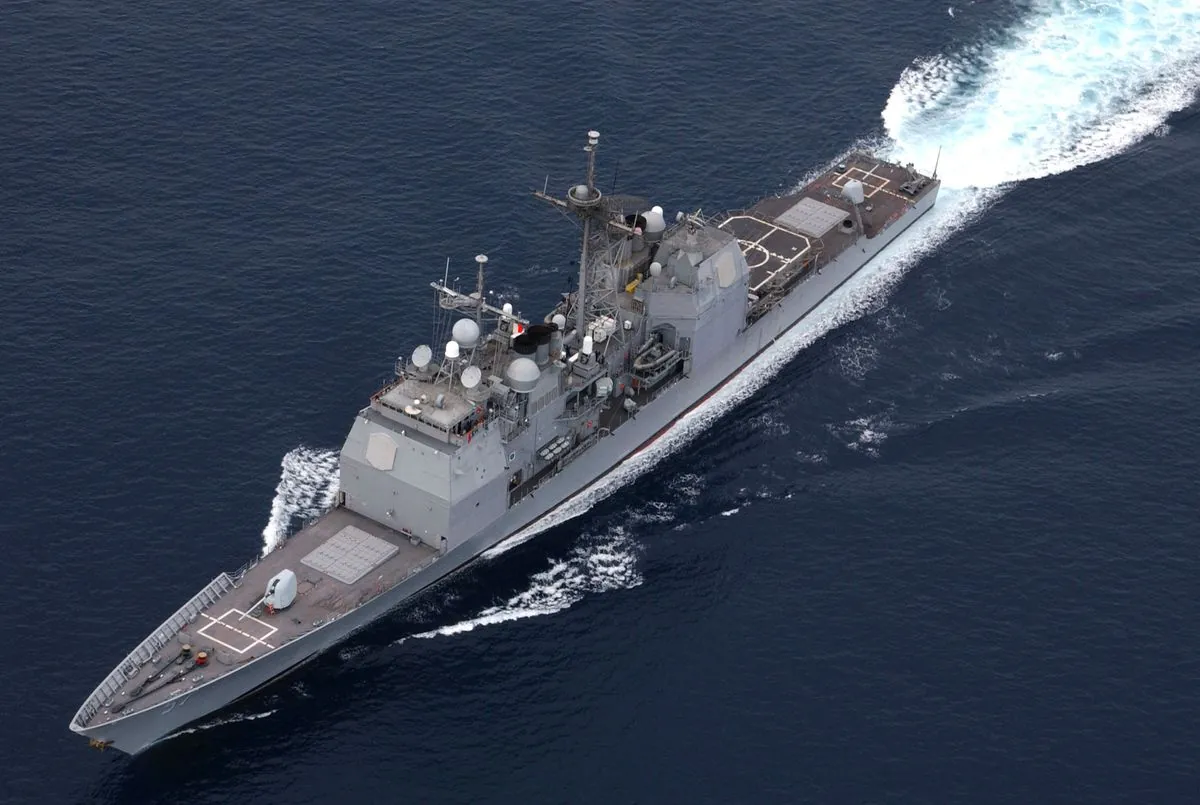Pentagon's Tech Revolution: Bridging the Silicon Valley-Military Divide
The Defense Innovation Unit's efforts to modernize military technology face challenges and successes. Despite bureaucratic hurdles, commercial tech is reshaping warfare, but its transformative impact remains debated.

In 2016, at an air base near Doha, Eric Schmidt, former Google CEO, witnessed a scene that seemed frozen in time. U.S. airmen were using whiteboards and magnetic pucks to coordinate thousands of daily flights across the Middle East. This outdated method shocked Schmidt, prompting a call for immediate technological reform.
This incident, recounted in "Unit X: How the Pentagon and Silicon Valley Are Transforming the Future of War" by Raj M. Shah and Christopher Kirchhoff, exemplifies the technological gap the U.S. military faced. The book chronicles the journey of the Defense Innovation Unit (DIU), established in 2015 to integrate commercial technologies into military operations.
The DIU's creation marked a significant shift in the Pentagon-Silicon Valley relationship. Historically, this connection was strong, with Lockheed's Missile and Space Division being Silicon Valley's largest employer until the 1980s. However, the 1990s saw a divergence as tech innovation became more commercialized and globalized.
By 2019, the landscape had dramatically changed. Major tech companies like Amazon, Apple, Google, and Microsoft each surpassed the entire U.S. defense industry in market capitalization. This shift highlighted the need for the military to tap into commercial innovation.
The DIU faced numerous challenges, including bureaucratic resistance and cultural differences. Pentagon procurement processes, designed to protect taxpayer money, were ill-suited for the fast-paced, risk-taking nature of tech startups. The unit had to navigate these obstacles, often using creative legal approaches like the Other Transactions Authority (OTA) to streamline acquisitions.

Despite its modest budget—less than the cost of one F-35 fighter jet—the DIU has made notable progress. It has demonstrated the viability of commercial technology in military applications and helped bridge the cultural gap between Silicon Valley and the military.
The impact of commercial technology on modern warfare is evident in conflicts like the one in Ukraine. Starlink internet terminals, autonomous quadcopters, and space-based surveillance have played crucial roles. Ukraine has deployed 30 systems developed by California-based startups, showcasing the potential of commercial innovation in defense.
However, the transformative nature of these technologies remains debated. William LaPlante, the Pentagon's top acquisition official, argued that traditional weaponry still plays a crucial role in conflicts like Ukraine.
"The tech bros aren't helping us too much in Ukraine. It's hardcore production of really serious weaponry that matters."
Despite challenges, the DIU's efforts have sparked increased interest in defense technology among venture capitalists. In the past four years, at least $125 billion has been invested in defense tech startups, a significant increase from previous years.
The shift in Silicon Valley's attitude towards national security is notable. Marc Andreessen, a prominent investor, publicly supported defense technology company Anduril in 2019, signaling a renewed alignment between tech innovation and national defense interests.
While the DIU's impact on the broader Pentagon acquisition process remains limited—venture-backed companies won less than 1% of all Pentagon contracts last year—it has successfully demonstrated that commercial technology can be viable in military missions and that the Department of Defense can be a realistic customer for startups.
As the U.S. military continues to adapt to the rapidly evolving technological landscape, the work of the DIU and similar initiatives will likely play an increasingly important role in maintaining America's military edge in the 21st century.


































